Cardiovascular health may be further endangered by microplastic particles that find their way into human blood, a new study suggests.
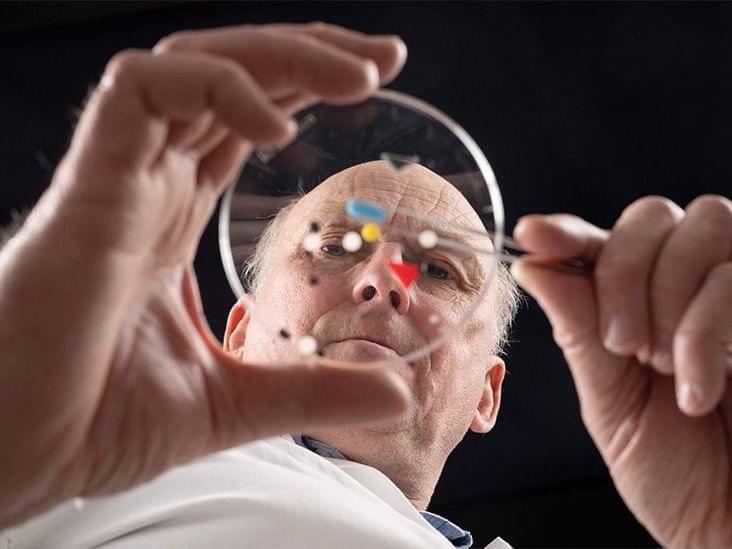


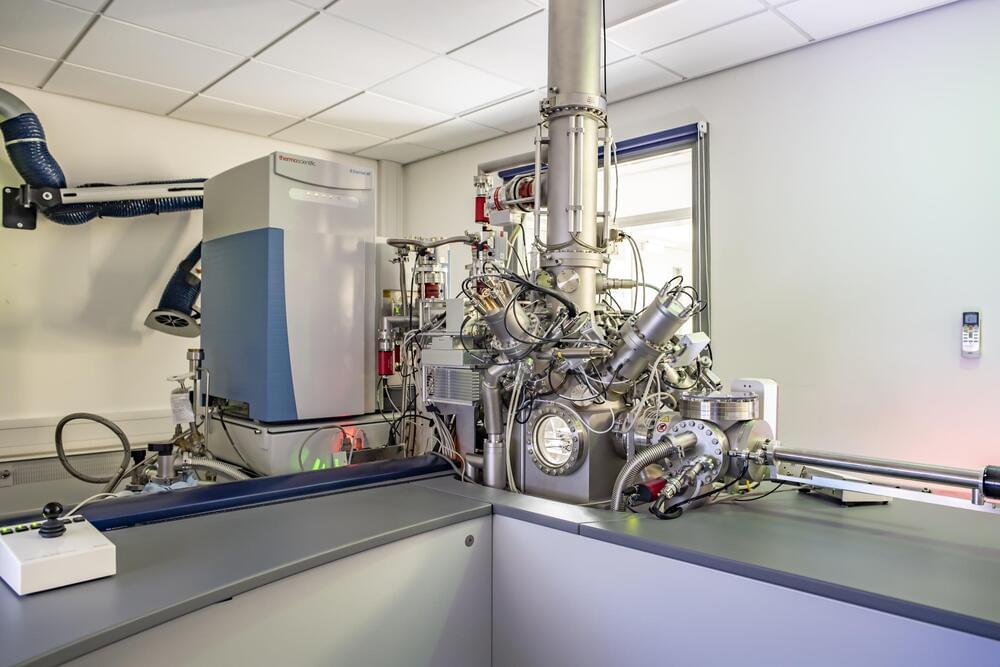
AiM’s MRI robot successful in trial:
A recent cadaver trial demonstrated the success of AiM’s MRI-guided robot in deep brain stimulation, marking a milestone in neurosurgery.
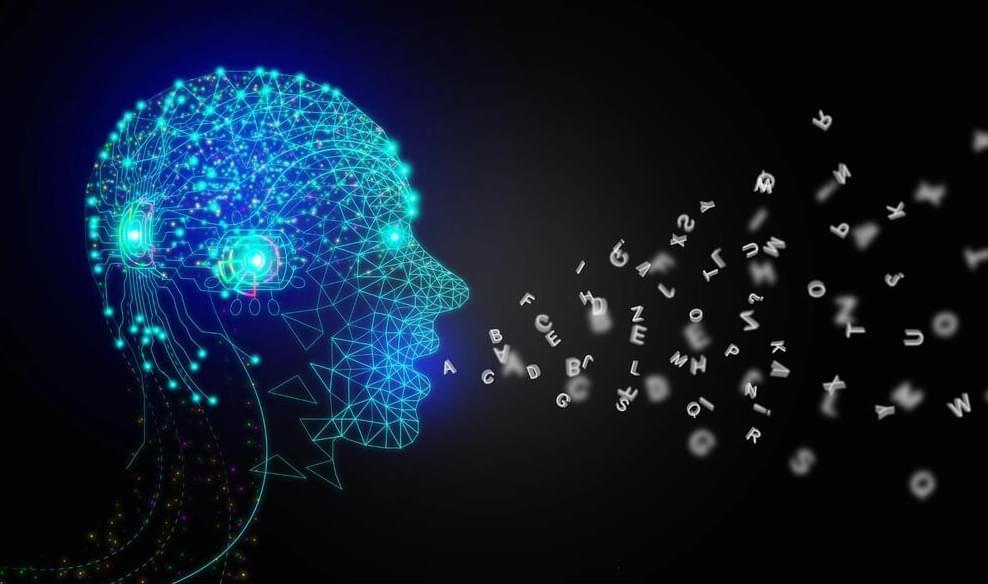
As the world’s population continues to grow and age, the healthcare system in different geographies is inching closer to the brink of collapse. According to the World Health Organization, the current number of health workers, including physicians, radiologists, and other professionals, is not sufficient to handle the rising caseload. On top of it, the increased stress and burnout stemming from the surge in cases is pushing many to exit the field, further reducing the number of practicing workers. Becker Health estimates show that nearly 72,000 American physicians left the workforce between 2021 and 2022, and some 30,000 who will join the workforce will not be enough to meet the growing demand.
At the core, both these challenges – the rising caseload and dwindling workforce – are leaving one major impact: diminished quality of patient care. This is where the much talked about generative AI can come in, saving healthcare staffers valuable time and resources and enabling them to focus on enhancing clinical outcomes.
First off, it’s important to understand AI is not new in healthcare. Organizations have been experimenting with predictive and computer vision algorithms for a while now, most notably to forecast the success of treatments and diagnose dangerous diseases earlier than humans. However, when it comes to generative AI, things are still pretty fresh, given the technology came to the forefront just a couple of years ago with the launch of ChatGPT. Gen AI models use neural networks to identify patterns and structures in existing data and generate new content such as text and images. They are applicable across sectors, including healthcare – where organizations cumulatively generate about 300 petabytes of data every single day.

I love the first line.
In this video I spoke with Rupert Sheldrake about the science experiments that will change the world, taking us from morphic resonance, telepathy to aging research.
Find out about Rupert here:
www.sheldrake.org.
/ rupertsheldrakephd.
Proc Royal Soc B aging paper discussed: https://www.sheldrake.org/files/pdfs/.…
Find me on Twitter — / eleanorsheekey.
Support the channel.
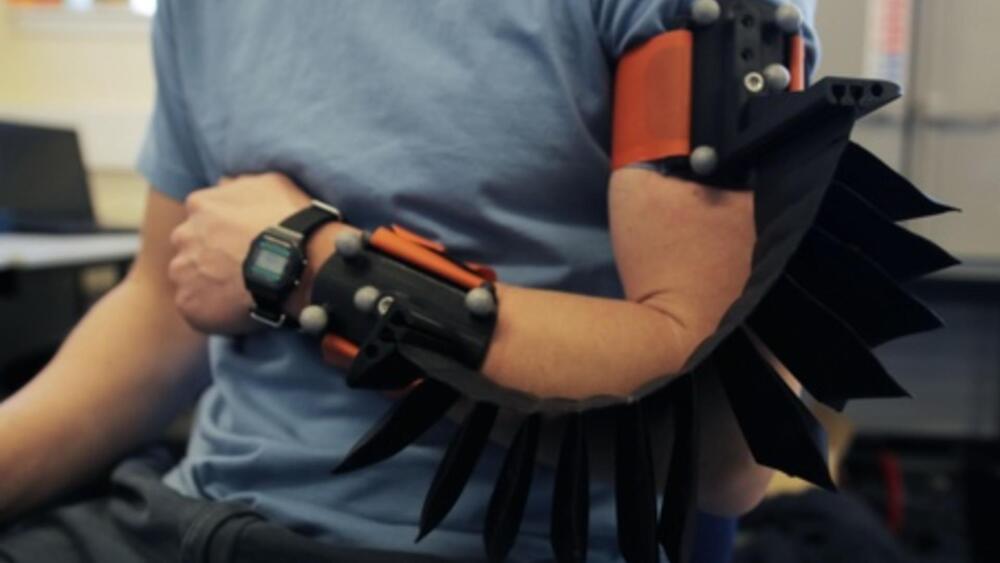
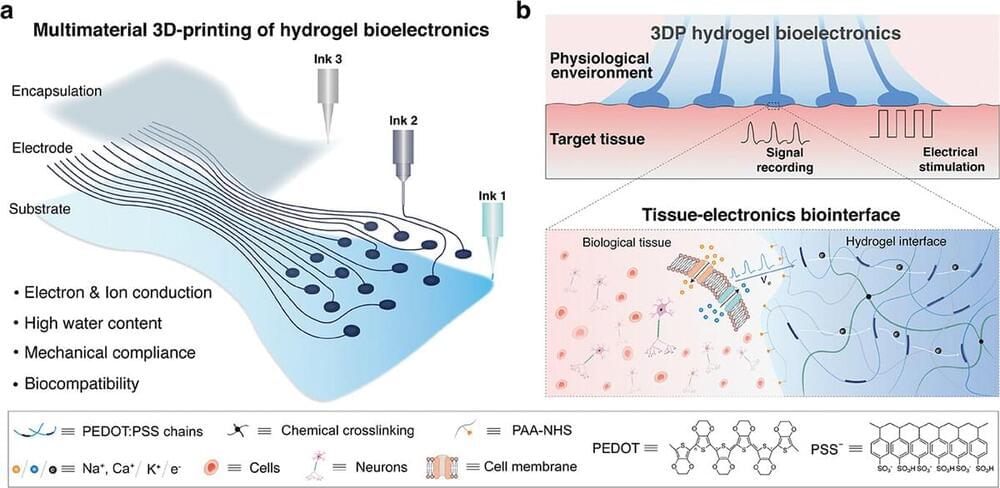

Researchers at Rensselaer Polytechnic Institute have fabricated a device no wider than a human hair that will help physicists investigate the fundamental nature of matter and light. Their findings, published in the journal Nature Nanotechnology (“Topological valley Hall polariton condensation”), could also support the development of more efficient lasers, which are used in fields ranging from medicine to manufacturing.
The device is made of a special kind of material called a photonic topological insulator. A photonic topological insulator can guide photons, the wave-like particles that make up light, to interfaces specifically designed within the material while also preventing these particles from scattering through the material itself.
Because of this property, topological insulators can make many photons coherently act like one photon. The devices can also be used as topological “quantum simulators,” miniature laboratories where researchers can study quantum phenomenon, the physical laws that govern matter at very small scales.